Russia, So Desperate for Armor, Is Digging Up Ancient Soviet Amphibious Vehicles
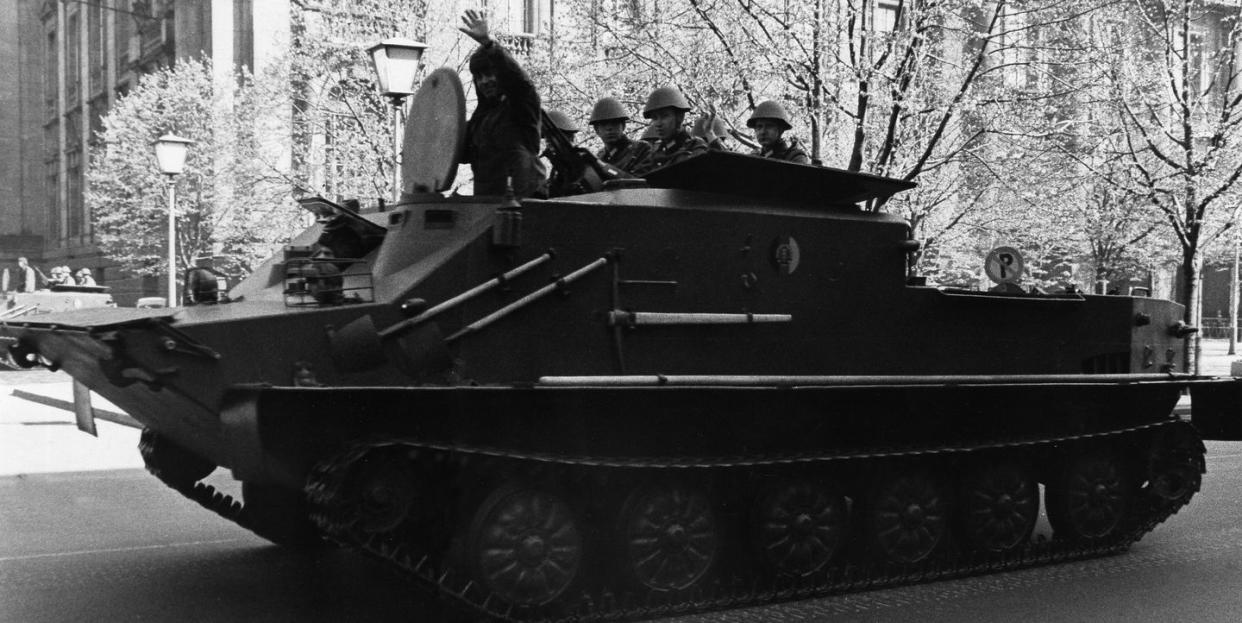
Recent photos show Russia is dredging deep into its huge inventory of rusting Soviet armored vehicles to reactivate BTR-50P amphibious armored personnel carriers, which were built over a half century ago between 1954 and 1970.
BTR-50 were spotted in the occupied territory of #Ukraine.
BTR-50P is an armored personnel carrier based on the PT-76 light floating tank chassis. It has a high capacity - 20 paratroopers. pic.twitter.com/QRu12lxZuw— Cloooud🇺🇦 (@GloOouD) February 23, 2023
It’s no mystery why: Russia has lost staggering numbers of armored vehicles in its shambolic invasion of Ukraine. Simply counting those that can be confirmed damaged, abandoned, or captured in photos by late February 2023, that includes nearly 1,800 tanks, 350 self-propelled howitzers, 2,100 infantry fighting vehicles, and 1,100 APCs and other armored fighting vehicles.
An early example is the re-introduction of outdated T-62 tanks to Russian service. But even more critical are losses of heavily armed, but lightly armored BMP tracked fighting vehicles intended to transport mechanized infantry to combat and provide heavy fire support.
Russia already uses many 13-ton tracked MT-LB multi-purpose vehicles as a substitute armored personnel carrier in second-string units, some converted to carry 23-millimeter cannons. But the French defense review DSI observes on Twitter that Russia supposedly had 2,000 MT-LBs in storage:
“That these stocks exist I do not doubt. That they’re useable or can be quickly refurbished to operational condition, that’s another thing.”
The 16-ton BTR-50P will be far from ideal in combat, as it’s protected only by a half inch of steel armor to the front and 7 to 10 millimeters on the side/rear—vulnerable even to grenade launchers, sniper rifles, and heavy/medium machine gun bullets. Furthermore, onboard troops can only disembark by clambering over the roof, which can be suicidal when under fire. It also lacks modern protection against mines, which have caused heavy losses to Russian armored vehicles.
To be fair, even light armor has value protecting soldiers against shrapnel and small arms fire while transiting to the frontline. Hypothetically, BTR-50s could be up-armed with 23-millimeter cannons similar to those on MT-LBs or converted into remote-control kamikaze vehicles. It’s also possible they may be supplied to secondary forces such as pro-Russian separatists and Wagner mercenaries.
Theoretically, the BTR-50’s amphibious capabilities could be useful for fording rivers like the Dnieper and the Siverski Donets, which shape the frontlines. In practice, Russian forces have made limited much use of their vehicles’ amphibious capabilities, perhaps not trusting the hull seals.
Overall, the Soviet military quickly removed BTR-50s from frontline roles as BMP fighting vehicles and wheeled BTR APCs became available. Later production focused on BTR-50PU command vehicles and MTK vehicle designed to employ the UR-67 mine-clearing line charge (MICLIC): rocket-propelled cables full of plastic explosives to clear minefields up to 150-meters deep.
A swimming tank that became a troop carrier
The BTR-50P was the first tracked armored personnel carrier used at scale by the Soviet Union. During World War II, the Red Army lacked indigenous APCs to transport infantry into combat alongside tanks. Instead, submachine-gun armed tankodesantniki (tank riders) piggybacked on tanks, while American halftracks received via Lend Lease were primarily used in reconnaissance and artillery tractor roles.
Post war, the Soviet Union introduced the four-wheeled BTR-40 and six-wheeled BTR-152 armored personnel carriers with middling results before adopting in 1954 a spinoff of the PT-76 amphibious light tank—which itself led an eventful Cold War career, used to attack American special forces bases in Laos and North Vietnam, and in the Indo-Pakistani war of 1971, battling Pakistani M24 Chaffee light tanks.
The BTR-50P (or Object 750) minimized costs by sharing in common the boat-like buoyant hull of the PT-76 and its 240-horsepower six-cylinder diesel engine, but ditching the 76-millimeter gun turret in favor of a new superstructure with an open-topped troop compartment, which could carry 20 infantry in addition to two crew. Light artillery, anti-tank guns, and mortars could also be transported in and even fired from the open compartment. However, most BTR-50Ps were either unarmed or lightly protected by a 7.62-millimeter machine gun.
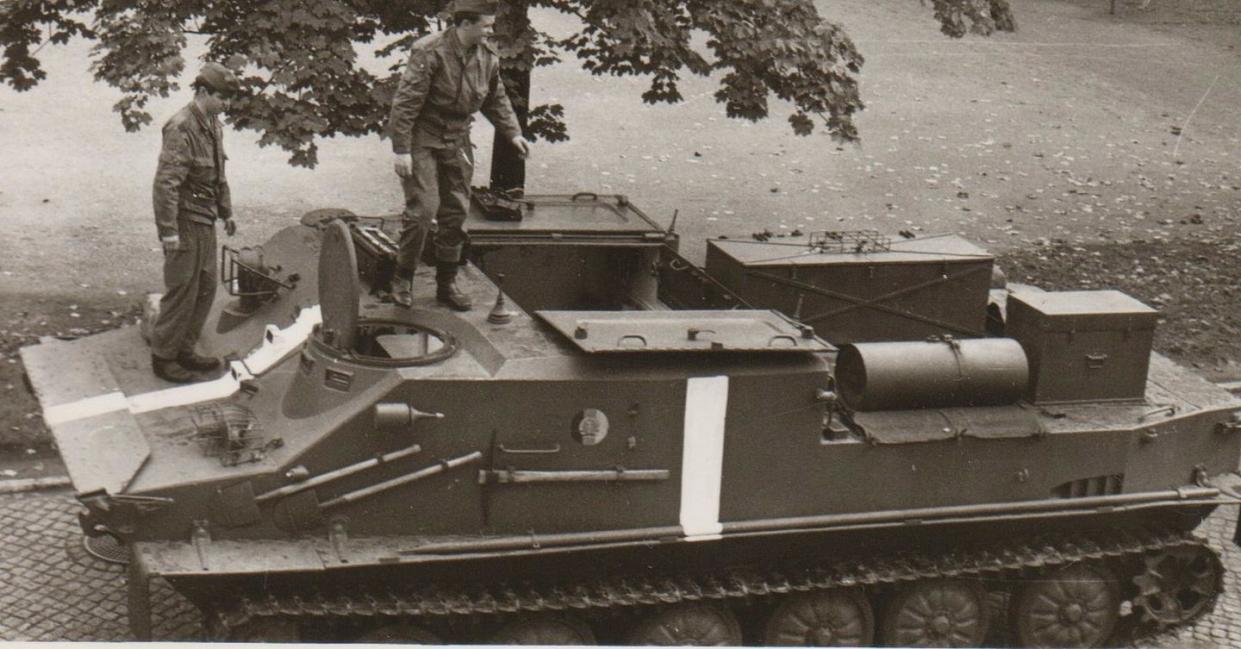
The treaded BTR-50Ps were suitable to accompany tanks off road, and thus served in motor-rifle regiments of Soviet and East German tank divisions. Like the PT-76, they could swim across rivers at a stately 6 miles per hour propelled by two side-hull-mounted waterjets once a trim vane was raised on the front hull and bilge pump activated. As the Red Army was designed to perform a massive lunge from Eastern Europe to the English channel, crossing the rivers along the way was vital. Ground speed was unimpressive, though, maxing at 27 miles per hour.
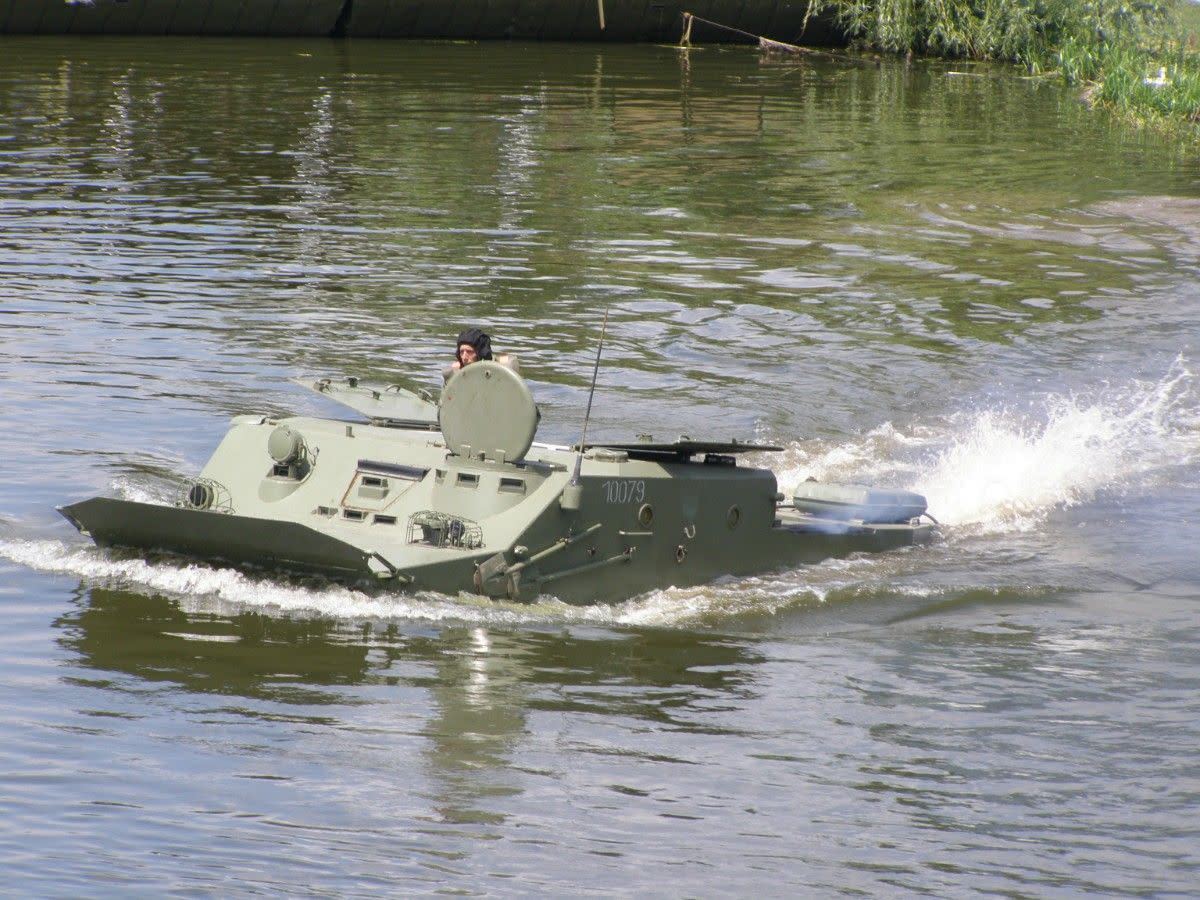
But while suppressing the Hungarian Revolution of 1956, the Soviets observed the vulnerability of open-topped BTR-152 APCs to ambushes from above.
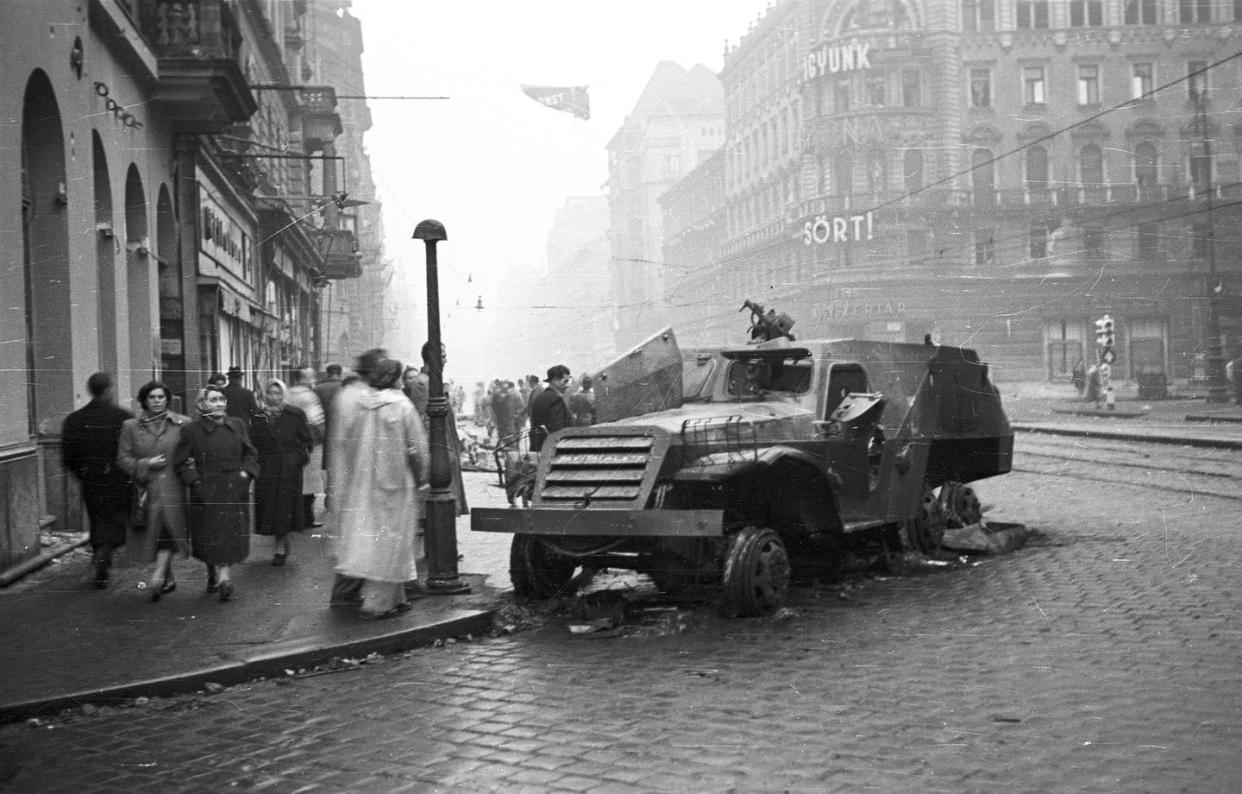
Thus the 1958 BTR-50PK model introduced an armored roof, with hatches to the front and rear roof for disembarkation; it was also sealed against radiation and chemical weapons.
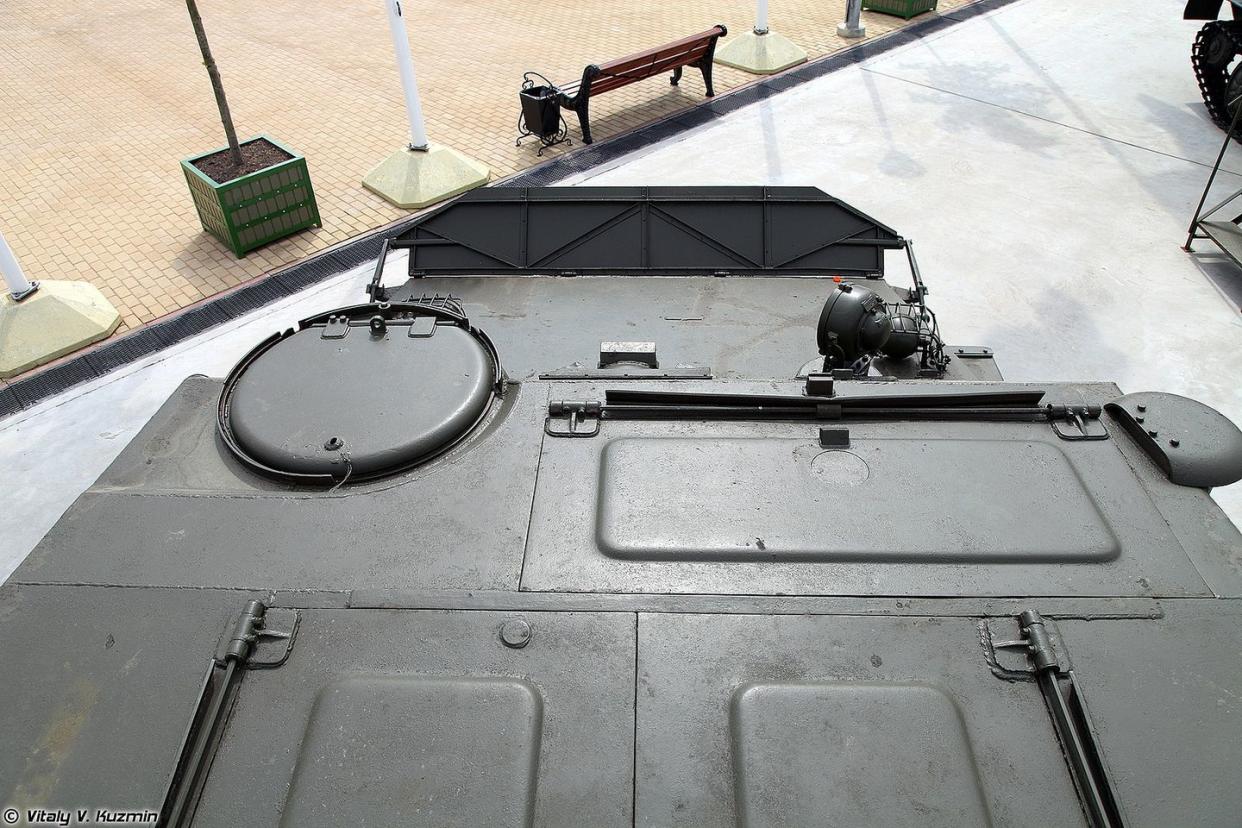
In addition to 6,500 BTR-50s built by the Soviet Union, the Czech Republic collaborated with Poland to license-build improved models: the 16.5-ton OT-62 (Czech) or TOPAS (Poland) with additional side hatches for safer disembarkation, uprated 300-hp engines, slightly thicker armor, and downsized capacity for 16 troops. Some subvariants packed a heavier punch thanks to an added turret armed with a 14.5-millimeter heavy machine gun or an 82-millimeter recoilless gun. Many of the 2,640 OT-62s built were also exported.
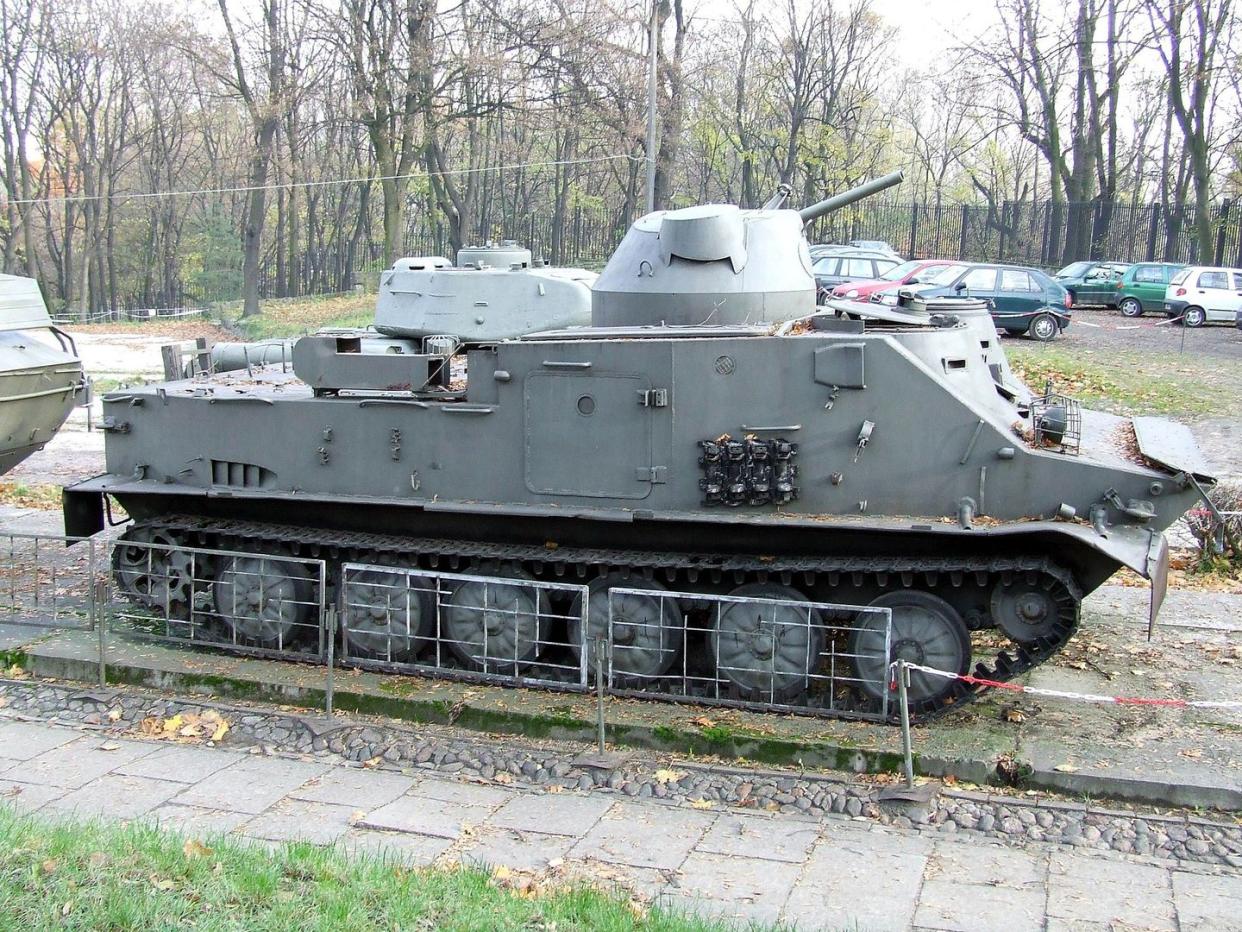
BTR-50Ps saw combat in Cold War-era conflicts including the Six Day War, the Angolan civil war, the Iran-Iraq war, and in Vietnam during a failed night attack on an American base at Ben Het defended by M48 Patton tanks. Later, Hanois fielded BTR-50s up-gunned with 23-millimeter cannons in offensives targeting South Vietnam and the Khmer Rouge in Cambodia.
However, the most dramatic use of the BTR-50’s capabilities occurred at the onset of the Yom Kippur War on October 6, 1973, when the Egyptian Army launched 1,000 commandoes in its 130th Amphibious Brigade across the Greater Bitter Lake on 74 BTR-50PKs and OT-62s, escorted by 24 PT-76s, reinforced with Sagger anti-tank missile teams.
The 30-minute crossing went without a hitch—but the subsequent attempt by one battalion to seize Fort Lituf was held at bay by seven defending M48 Patton tanks. The other battalion raced forward to deploy troops to Mitla and Gida Passes, but ran into the Patton tanks of Israel’s 401st Armored Brigade in a confused dusk battle which went poorly for the lighter Soviet vehicles. Ultimately, one of the Brigade’s decimated battalions was destroyed in a defensive action, while the other defended Fort Botzer through the end of hostilities.
Meanwhile, Israel employed its own special unit of captured BTR-50s to infiltrate across the Suez canal and begin destroying Egyptian air defense batteries—repeating a tactic used in a 1969 raid called Operation Raviv.
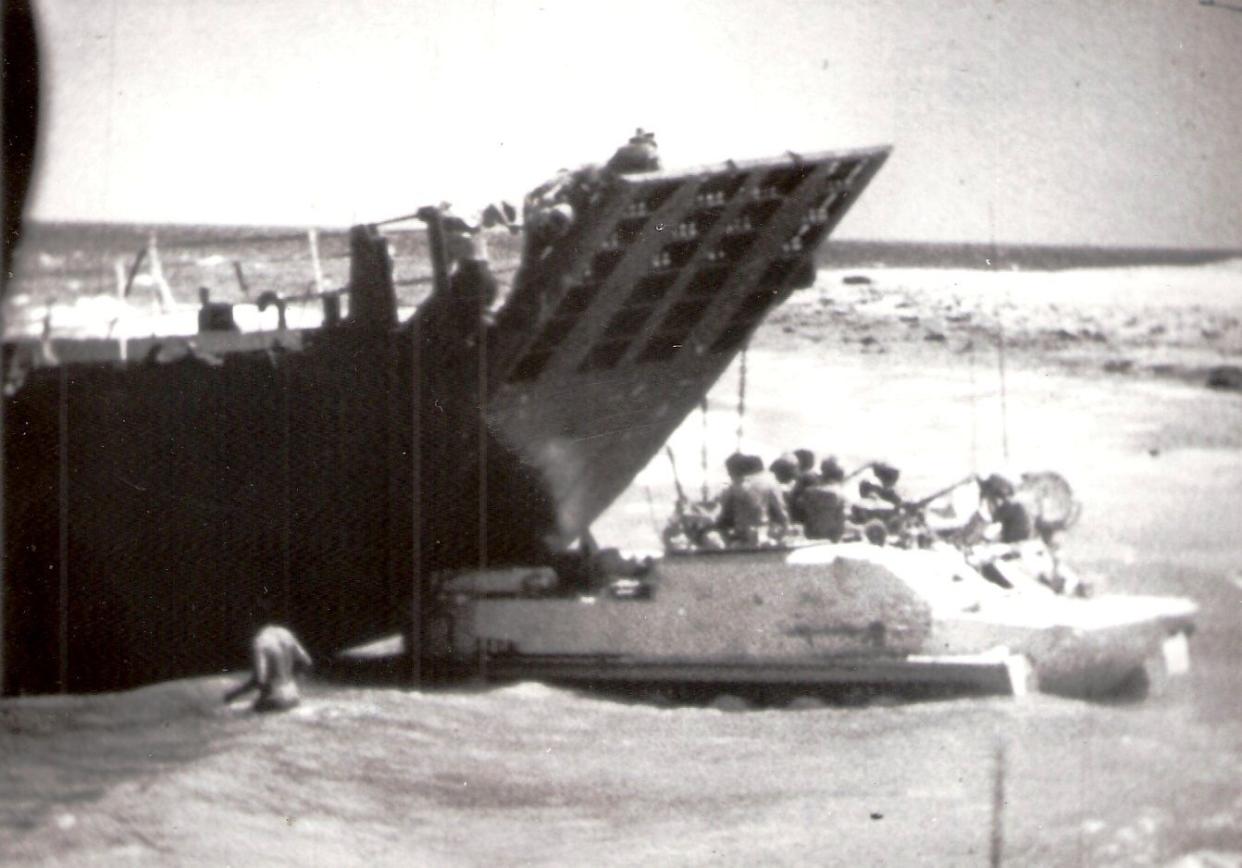
BTR-50s and OT-62s figured in later conflicts in Lebanon, the Western Sahara, the dissolution of Yugoslavia, Indonesia, Iraq (1991, 2003, and 2014) and Syria. Some major operators today still include Angola (50), Cuba (200), Egypt (500), Indonesia’s Maine Corps (128, many modernized), Iraq (donated by Iran), Iran (300+, including some Makrans upgraded with 30mm guns), Syria (hundreds), and Vietnam (280).
Russia is now apparently rejoining the ranks of these operators. As losses continue to deplete Moscow’s operational fleet, look for additional retired Soviet hardware to percolate back into service.
You Might Also Like
